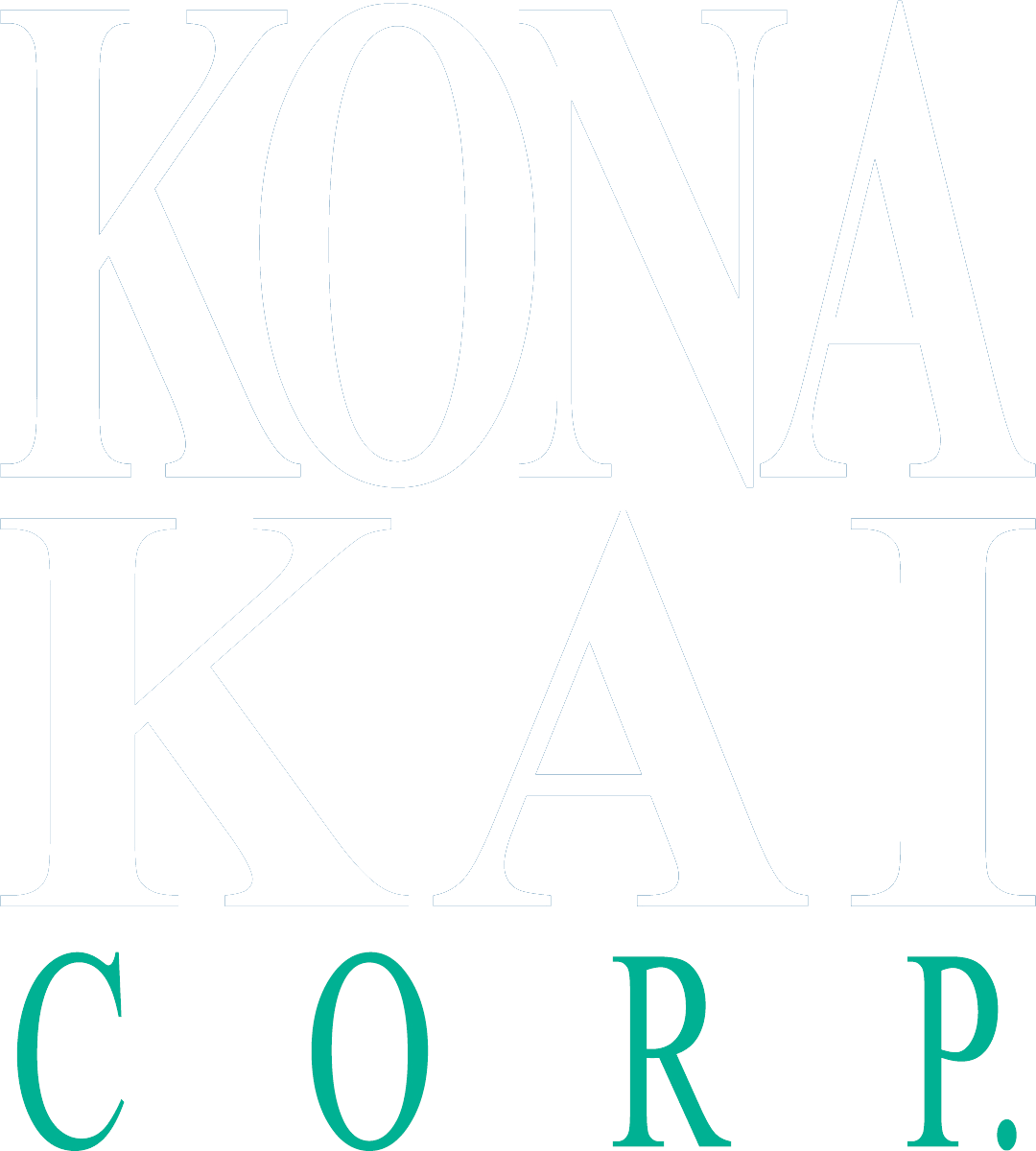Post-Merger CRM Strategy: How to Merge Data, Workflows, and Teams Seamlessly
Mergers and acquisitions (M&A) are often celebrated for their strategic potential: expanding market share, streamlining operations, or accelerating innovation. But beneath the big announcements lies a critical challenge that can quietly undermine success: integrating CRM systems after a merger.
Customer data, workflows, and user habits are deeply ingrained in every organization. Without a thoughtful post-merger CRM integration strategy, businesses risk losing valuable insights, frustrating employees, and creating inefficiencies that erode the very synergies the merger was meant to deliver.
This guide outlines how to build a seamless post-merger CRM strategy that maximizes ROI and sets the combined organization up for long-term success.
1. Start with a Unified Vision for the Customer
One of the most common pitfalls in post-merger CRM integration is allowing customer data to remain siloed. Two sales teams might approach the same customer differently, or worse, multiple teams may unknowingly contact the same account.
The first step is to align leadership on a single source of truth for customer data. This means:
- Defining the “golden record”: Decide what fields and data points are required for every account.
- Prioritizing customer experience: Standardize communication to prevent overlaps and inconsistencies.
- Establishing data governance early: Set clear rules for how new information will be entered, updated, and maintained.
- Aligning on a unified vision: Leadership should come together on agreed-upon expectations and the customer experience that will guide the merged organization.
A clear customer data strategy ensures stronger relationships and more predictable revenue.
2. Map and Rationalize Workflows
Each legacy CRM comes with unique processes: opportunity stages, approval chains, forecasting methods. Post-merger, these need to be consolidated into workflows that serve the new organization’s goals.
Questions to guide this stage:
- Aligning processes to the chosen CRM: Map legacy workflows against the capabilities of the selected platform and adjust where needed, ensuring the system supports, not hinders, daily work.
- Identifying overlaps and gaps: Determine where current processes align, where they diverge, and what can be streamlined.
- Focusing on efficiency: Highlight the workflows that drive the most efficiency and adoption today.
- Leveraging automation: Reduce manual touchpoints by embedding automation into the new system.
- Including the human perspective: Involve agents and end users in shaping workflows so adoption feels collaborative rather than imposed.
While hybrid models can work temporarily, long-term success depends on standardizing CRM workflows to reduce complexity and scale effectively.
3. Clean and Consolidate Data Before Migration
Poor-quality data is a silent cost multiplier. When two CRM databases are merged, duplicate records, outdated contacts, and inconsistent formatting can explode exponentially.
A smart post-merger CRM data migration plan includes:
- Deduplication: Eliminate or merge duplicate accounts and contacts.
- Validation: Verify emails, phone numbers, and company details before importing.
- Standardization: Apply uniform naming conventions, dropdown values, and fields.
Investing in data hygiene up front prevents future headaches, while ensuring analytics, AI, and forecasting remain reliable.
4. Support the Human Side of CRM Integration
Technology is only half the story. The real differentiator in CRM success after a merger is user adoption. Employees are already navigating cultural and organizational changes and asking them to abandon familiar tools can feel overwhelming.
Strategies for driving adoption:
- Communicate the “why”: Show how the new CRM will simplify work and improve outcomes.
- Empower power users: Engage champions from each legacy team early in solution refinement and process design. Involve them in testing so they can validate workflows, then serve as advocates for adoption across the organization.
- Deliver role-based training: Tailor onboarding for sales reps, marketers, service agents, and executives.
- Offer quick wins: Introduce automations, mobile tools, or dashboards that deliver immediate value and build momentum.
5. Measure, Optimize, and Iterate
A post-merger CRM system should never be treated as “set and forget.” Ongoing monitoring ensures alignment with business goals.
Key metrics to track include:
- User adoption rates
- Data accuracy levels
- Sales cycle length before and after integration
- Customer satisfaction scores
Gather feedback often, then refine workflows, permissions, and training based on what the data and users reveal.
Turning CRM Integration Into a Competitive Advantage
A strong post-merger CRM strategy is not just about technology. It is about creating a shared foundation for growth. With a unified vision, clean data, streamlined workflows, and strong adoption, businesses can transform CRM integration from a stumbling block into a competitive advantage.
Handled correctly, the CRM becomes more than a system of record; it becomes the backbone of a truly integrated, customer-centric organization. Ready to turn your post-merger CRM into a driver of value instead of friction? Kona Kai helps enterprises align people, processes, and platforms for seamless CRM integration.
INSIGHTS












